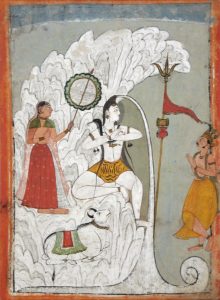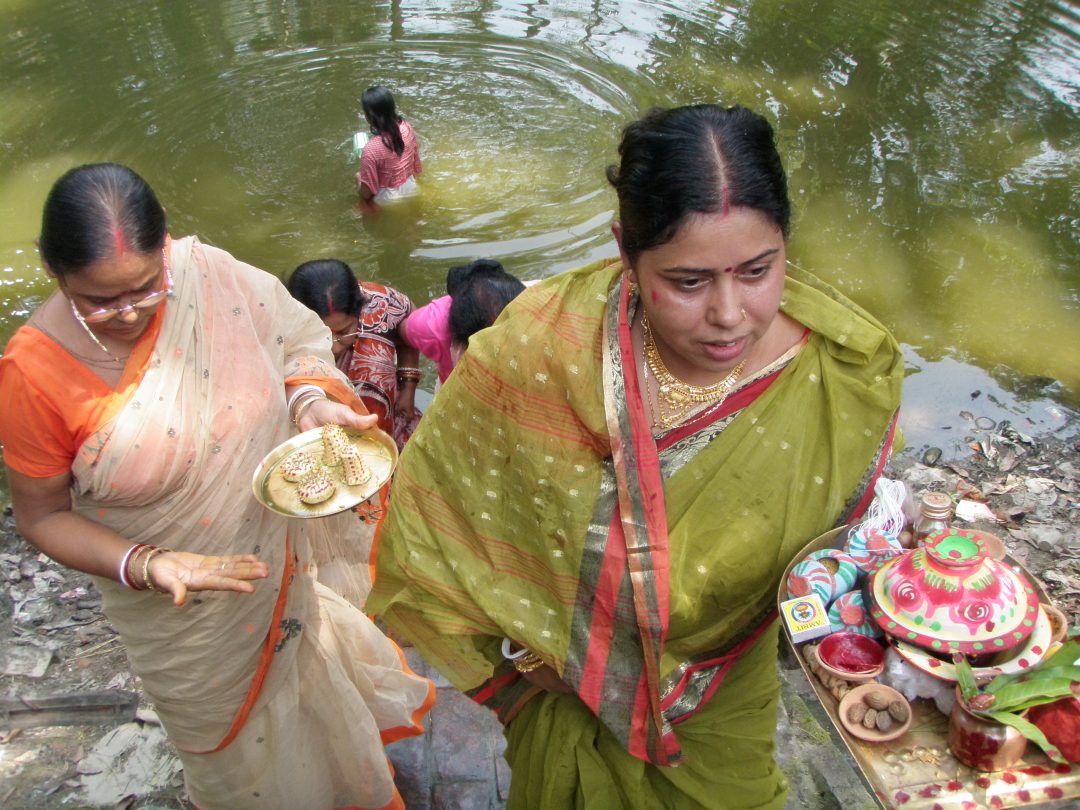River Ganga or the Ganges is the river of India: it’s a life-giver and savior for the Indian people. It attracts millions for reasons of their own. Some flock it’s banks in the hope of salvation while some come to heal their bodies and some just visit to admire its beauty. This mystic river demands the respect of the natives like no other river in the region. It is the most important of the five major rivers in the Indian subcontinent. The group of five rivers that provide life to the Indian lands is commonly known as the panch nadi. It is respectfully and affectionately called Ganga mayya or Mother Ganga. This is what India’s first prime minister Pandit Nehru noted in his book about the Ganges.
” The Ganga, especially, is the river of India, beloved of her
people, round which are intertwined her memories, her hopes
and fears, her songs of triumph, her victories and her
defeats. She has been a symbol of India’s age-long culture
and civilization, ever-changing, ever-flowing, and yet ever
the same Ganga”- From book ‘Discovery of India’ by Pandit Jawaharlal Nehru (first prime minister of India)
Mythology:
River Ganga has been worshiped in India as a goddess for thousands of years, and holds an important place in the Hindu religion.It is mentioned in ancient Hindu scriptures like vedas, Purana’s and stories about ganga are told in epics like Ramayana and Maha Bharata. According to Indian mythology, Ganga is a daughter of Lord Meru meaning the Himalaya mountain and Goddess Uma.
The King of heavens Indra took Ganga to the heavens with him to soothe and comfort gods in heaven. Later King Bhagirath persuaded Ganga to come to earth to release his ancestor’s souls from the curse of a mighty saint Kapila. King Bhagiratha also worshipped Lord Shiva and asked for his help for bringing Ganga down to the earth. Hence The Ganga descended with great force into Lord Shiva’s hair and then cascaded to earth.
Origin:
Its geographical origin is in the well known Himalayas, the grand mountain range in North India. The glaciers in the Himalayan region, mainly a glacier known as Gangotri, feeds the Ganges. It runs the course of 1550 miles from its origin to the bay of Bengal to meet the sea. Along its path the river Ganga feeds millions of people and helps sustain thousands of acres of farmland which almost entirely depends on the river. The Ganges basin is the most fertile landmass on earth which maintains the agricultural economy of India. It provides food, water, and livelihood to millions living near it.
Religious Importance:
Not only it is a life-giver, but the Indian pilgrims believe that it will also bring salvation to your soul. It is believed that if you bathe in the Ganges with all your heart, it will wash away all the sins you have committed in your lifetime. People from all over India and the world come to this river to purify their souls. Most Indian pilgrims believe that after death if their ashes are dropped in the River Ganga, their soul will receive” Nirvana” or release from the mundane cycle of life and death and rebirth.
 The power of the water from river Ganga is such that the people keep a pot full of this holy water in their homes, and tell their kins to drip it in the mouth of a dying person so that his soul may achieve salvation. The origin of Ganges the Gangotri is the most important pilgrimage center for Hindu people. Its ice-cold waters are considered to have many medicinal properties, while bathing it these waters are considered to be very auspicious and good for one’s health. It is said that regularly bathing in the water of Ganges will cure diseases and give you a long life.
The power of the water from river Ganga is such that the people keep a pot full of this holy water in their homes, and tell their kins to drip it in the mouth of a dying person so that his soul may achieve salvation. The origin of Ganges the Gangotri is the most important pilgrimage center for Hindu people. Its ice-cold waters are considered to have many medicinal properties, while bathing it these waters are considered to be very auspicious and good for one’s health. It is said that regularly bathing in the water of Ganges will cure diseases and give you a long life.
The water from Ganga is considered auspicious and is used in all kinds of pujas and ceremonies. It has been proven by scientific research that the water has an unusual amount of dissolved oxygen and an amazing ability to kill off bacteria and viruses. It is also widely known in India that even if the Ganga water is stored for long periods of time, even years, it does not go bad, rot or stink, but the reasons behind it are unknown.
Economical Impact:
River Ganges is actually a confluence of 5 rivers. During the course of 1550 miles, many tributaries and distributaries join and part from it. They feed most of the northern parts of India, and Bengal. It gives nourishment to around one million sq.km of land with a whopping 900 million population. It provides irrigation to farmland that produces crops like Wheat, Rice, Lentils, Sugarcane, and oilseeds which play a huge economical role. The nutrient-rich soil carried down from the glaciers has proven to be most fertile and instrumental in farming in these areas.
Religious and recreational tourism is another way that the Ganges has proven very important. As mentioned above many people visit the Ganges to bathe in the holy water to wash away their sins, many hope to flow their ashes in these waters and many come for its medicinal benefits. The beauty of the river is incredible. The array of different cultural activities around its banks are numerous. The religious festivals held on its banks like the world-famous “Kumbh Mela” have a record-breaking turnout. More recently river rafting has become more popular for tourists in the Ganges rapids.
The problem of Pollution:
For years pilgrims and tourists have visited Ganga, but over the years due to the increased population, and carelessness from the visitors has resulted in polluting the waters of Ganga. Bathing in the river, washing clothes and utensils, disposing of dead bodies and ashes in the river are making the river more and more polluted every day. Not only human waste but industrial waste is also contributing to the pollution. Dams and diversions are adding to the problem by holding the waters and keeping it from diluting the pollutants in the actual river. Since 1985 there have been efforts to clean the river and decrease the amount of pollution by the government, called the Ganga Action plan. But mismanagement, corruption, and lack of technical expertise have resulted in the failure of the plan, doing nothing to improve the conditions. However passionate citizens and devoted pilgrims are making great strides on their own towards the cleaning of the river Ganga.
I personally believe that Ganga is precious and holy. We should respect and protect it as much as we can. If it purifies our soul it’s our duty to keep it pure. Truly Ganga is a river that has been at the core of sacred Hindu culture and tradition for a long time.






